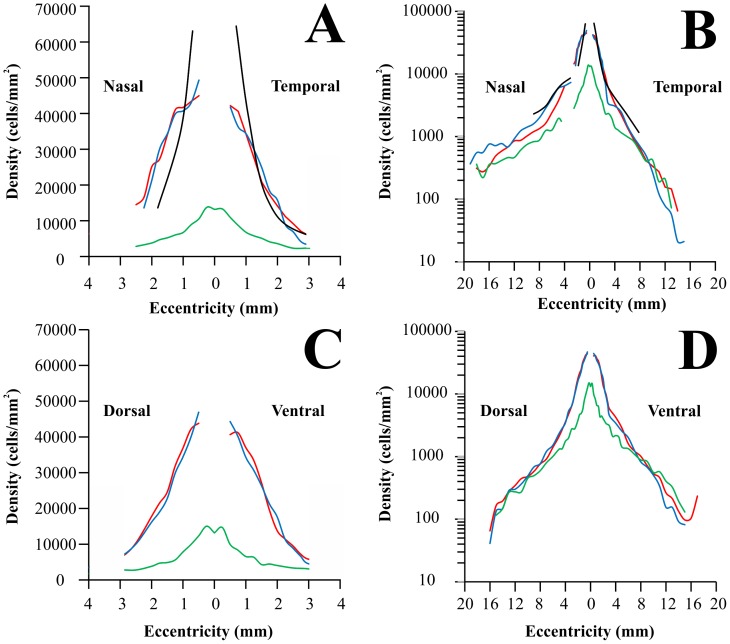Figure 9. Retinal ganglion cell density in New World monkeys.
Comparison of ganglion cell density in four different New World monkeys: Alouatta caraya (red lines; this study), Cebus apella (blues lines; Silveira et al., 1989a; only data from five male retinas from the original study were used in the plot), Callithrix jacchus jacchus (black lines; Wilder et al., 1996), and Aotus trivirgatus (green lines; Silveira et al., 1993). Alouatta, Callithrix, and Cebus are diurnals while Aotus is nocturnal. In addition, Alouatta (males and females) are trichromats, male Cebus and Callithrix are dichromats, and Aotus is monochromat. (A–B) Nasotemporal horizontal meridian. (C–D) Dorsoventral vertical meridian. Left panels (A and C) show ganglion cell density for the central 3 mm of eccentricity, whilst right panels show values for the entire horizontal and vertical meridians (B and D). Ganglion cell density in Alouatta, Callithrix, and Cebus are similar, but Callithrix has the highest peak density and the nasotemporal asymmetry is higher in Cebus and Callithrix, than Alouatta. In the central and intermediate retinal regions, ganglion cell density is higher in the diurnal monkeys, Alouatta, Callithrix, and Cebus, than in the nocturnal Aotus. In the region of highest ganglion cell density, there is a threefold difference, higher in the diurnal monkeys. In the retinal periphery, the four monkeys have approximately the same retinal ganglion cell density.

